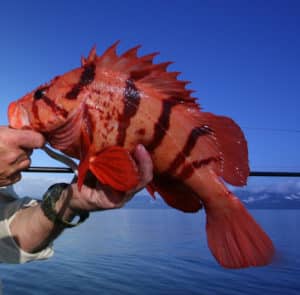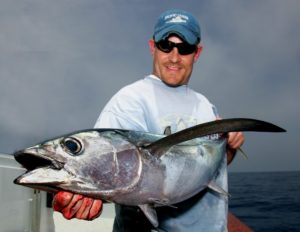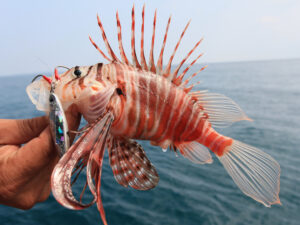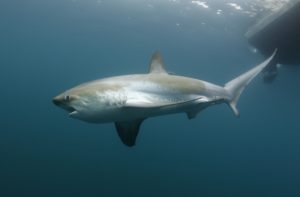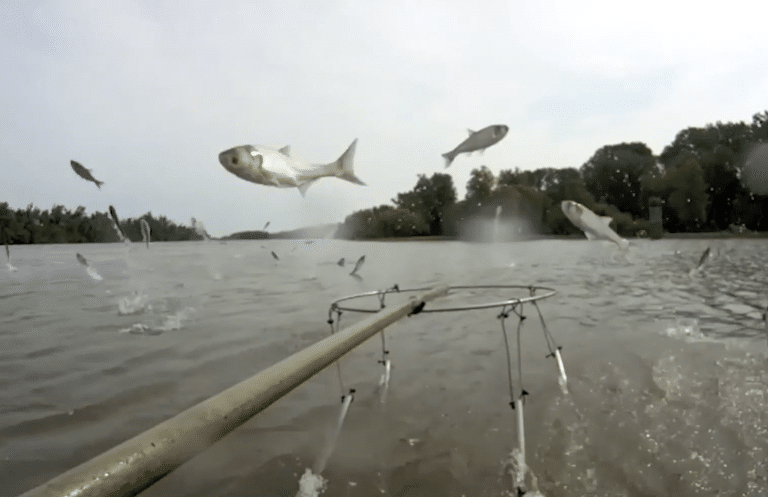
The success of a recent alien carp removal project on a major Missouri River has the state fisheries department and federal authorities energized that similar invasive fish captures can be made in other waters.
Missouri Department of Conservation (MDC) and U.S. Fish and Wildlife Service (USFWS) used nets and electrofishing equipment Sept. 12-16 to remove almost 25,000 pounds of non-native carp from the lower eight miles of the Grand River, the MDC reported in a department statement.
The Grand flows over 225 miles from Iowa to where it enters the Missouri River near Brunswick, Mo.
The MDC says the carp removal project will improve river habitat for native fish and provided information on how commercial fishing for the species may be utilized to eliminate the Asian-origin carp species.
A commercial fishing business will sell the carp caught during the just-completed operation for use as catfish, crayfish, and lobster bait.
“We were able to run very smooth and efficiently,” says Kasey Whitman, MDC Missouri River supervisor. “The weather and the river cooperated.”
MDC says Asian carp reproduce quickly and grow fast, squeezing native species out of their habitats and consuming food that native fish require. Commercial fishing could greatly aid in removing invasive carp from American waters, since state and federal agencies can’t do it without their help, says the MDC.
Commercial fishing is lawful on some Missouri waters such as the Mississippi and Missouri rivers, and special permits may be granted to commercial fishermen in other waters if Asian carp are targeted.
During the Grand River project, the MDC had 76 employees and the USFWS had 12 workers operating various equipment in boats and on shore. Nets blocked the lower eight miles of the Grand River just above its juncture with the Missouri River. Gill nets and electrofishing gear were used to capture carp.
All invasive carp were counted, tallying 6,716 fish. Over 95 percent were silver carp. Some grass carp and a few bighead carp also were caught. Silver caught were 2 to 3 years old, weighing 3 to 4 pounds.
Some native fish species also were collected, including paddlefish. All were removed alive and released back into other Grand River areas.
MDC reports that If commercial invasive carp removal is possible, allowing hoop nets, seines, gill nets, and trammel nets is viable.
The USFWS will be using sonar equipment to learn how quickly invasive carp move back into the lower Grand River where the operation was conducted.
The Grand River operation as an important step in managing invasive carp in the Missouri and Mississippi River systems.
“It’s a knowledge gain and learning so we can strategize for the future,” said Kasey Whitman.

